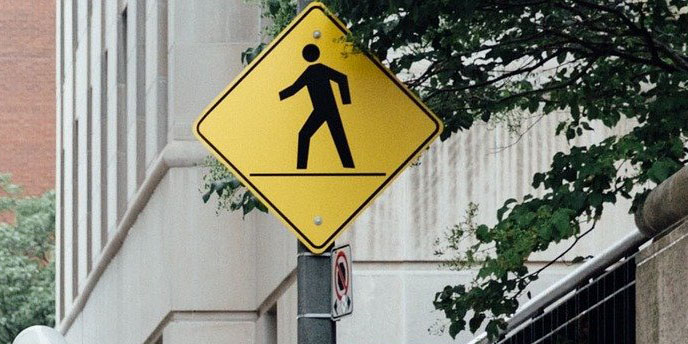City working to make Mississauga more accessible for pedestrians
Published October 2, 2020 at 2:57 pm

City Council is working to make Mississauga more accessible for pedestrians through its Pedestrian Master Plan.
In order to help identify gaps in its pedestrian network, the City is seeking resident feedback through an online survey, as well as a virtual public information session.
“We are working to build a livable, walkable City that is safe, pedestrian-friendly and encourages active lifestyles. We have heard that road safety is a concern for pedestrians and cyclists and is also a barrier that prevents them from using their preferred mode of travelling,” Mayor Bonnie Crombie said in a news release.
“The Pedestrian Master Plan will help us move closer to Vision Zero and Transportation Master Plan goal of safety for all. It will also help us address other challenges on our roads including congestion, declining air quality and the impacts of car travel on climate change,” she continued.
The Pedestrian Master Plan is intended to help create and enhance safe places for people to travel on foot, mobility-devices and other methods of active transportation throughout the city.
The plan will also guide pedestrian infrastructure projects until 2041, as well as support the City’s goal of reducing the annual number of fatal and injury-causing collisions to zero.
“In our previous Mississauga Moves study, 23 per cent of trips fewer than two kilometres were taken by people using active transportation such as walking or cycling. Many residents expressed that they didn’t feel comfortable walking or cycling in many parts of the City,” Geoff Wright, Commissioner of Transportation & Works for the City of Mississauga, said in the same release.
“The Pedestrian Master Plan will support a more walkable city by developing pedestrian networks that are safe, connected and convenient for all ages and abilities,” he continued.
The Pedestrian Master Plan will also:
- review the City’s existing pedestrian network (sidewalks, crosswalks, walkways, multi-use trails), and identify opportunities for future infrastructure projects
- identify key destinations for pedestrians (e.g. transit stops, schools, local amenities etc.)
- analyze how growth will impact existing and future pedestrian infrastructure
- set short, medium and long-term service delivery and project priorities
- review best practices for pedestrian infrastructure and network design






